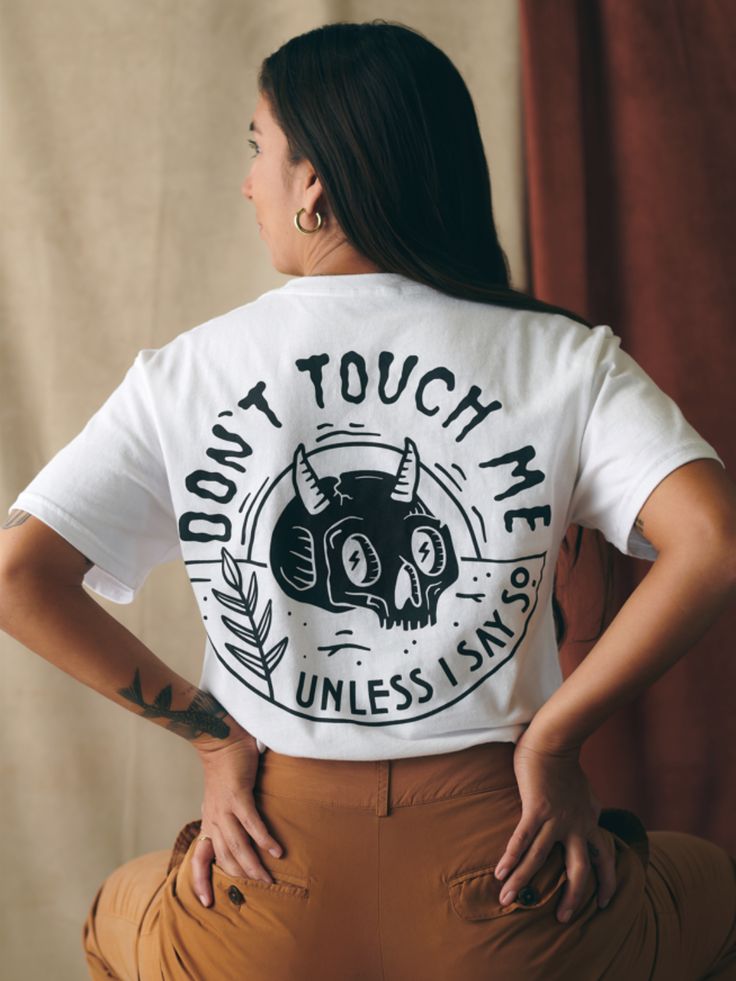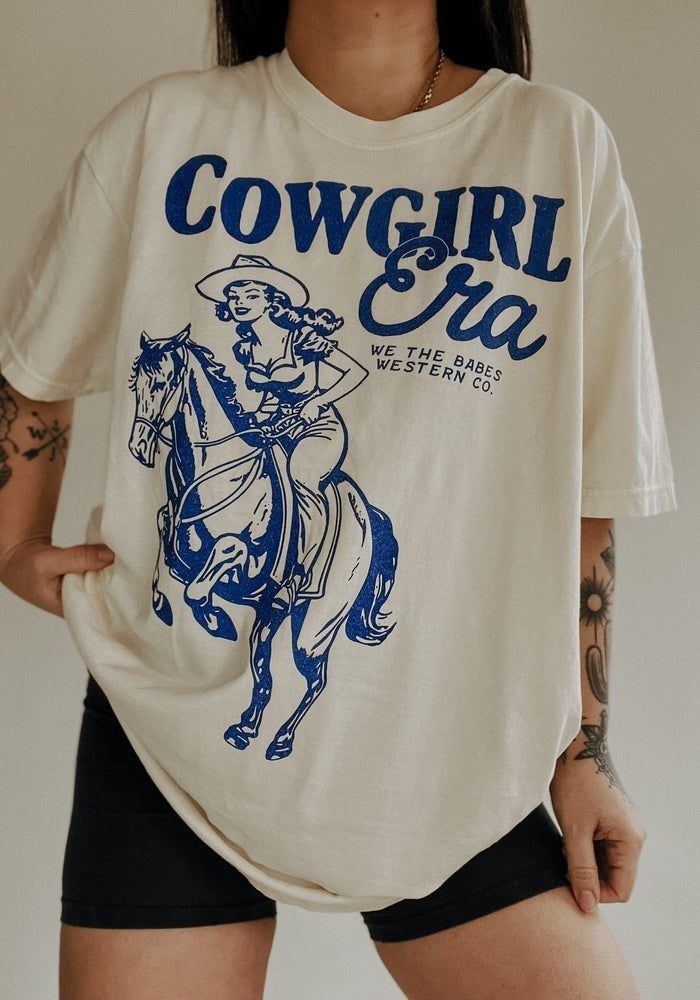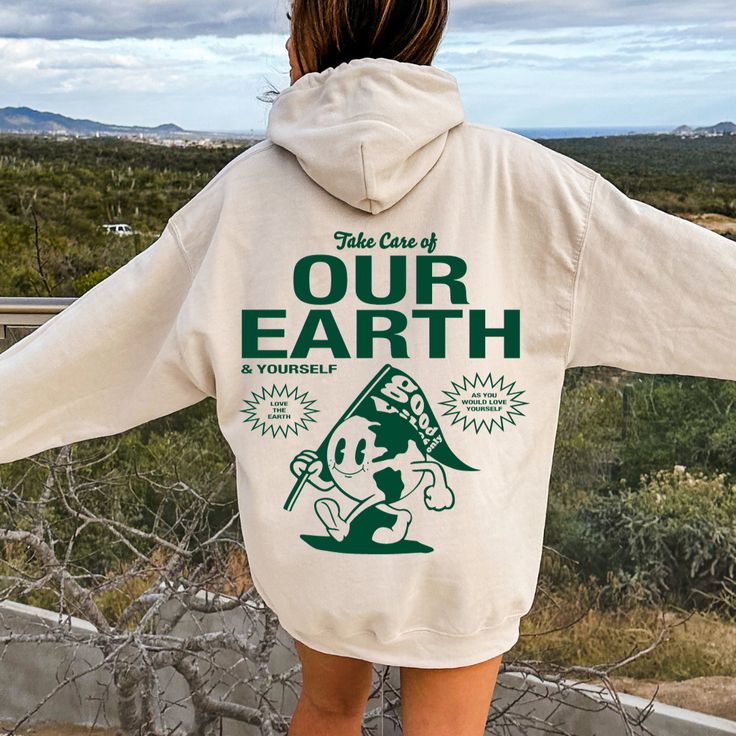Currently Empty: $0.00

Introduction: A New Era of Fashion Responsibility
The fashion industry is undergoing a transformative revolution. As public consciousness about environmental and ethical issues heightens, consumers are increasingly seeking accountability from the brands they endorse. Sustainable fashion is not merely a fleeting trend; it has evolved into a meaningful movement reshaping every aspect of how clothing is envisioned, created, marketed, and worn.
Today’s fashionistas recognize that style and sustainability can coexist harmoniously. This movement reflects a broader cultural shift, one that embraces transparency, ethical labor, reduced environmental impact, and a deep appreciation for craftsmanship. It urges individuals to embrace mindful consumerism, investing in enduring pieces instead of succumbing to the constant churn of fast fashion cycles.
This article delves deeply into the multifaceted rise of sustainable fashion, the driving forces behind it, and how each of us can align our style choices with our values.
Understanding Sustainable Fashion: Beyond Eco-Friendly Materials
At its core, sustainable fashion is a comprehensive approach to the lifecycle of a garment. It demands conscious choices at every step, from fabric selection to manufacturing processes and post-consumer disposal. True sustainability considers environmental protection, social equity, economic viability, and cultural preservation.
Brands dedicated to sustainability integrate eco-design principles, optimize resource use, ensure fair labor standards, and promote circular economy models. They advocate for less waste, less exploitation, and more empowerment within the global fashion ecosystem.
Grasping the broader scope of sustainable fashion allows consumers to make informed decisions that reflect not just style preferences but ethical convictions.
The Environmental Impact of Traditional Fashion
Conventional fashion practices exact a heavy toll on the environment. The industry consumes billions of gallons of water annually, generates substantial greenhouse gases, and releases hazardous chemicals into ecosystems. Textile dyeing ranks among the top global pollutants of clean water, second only to agriculture.
Synthetic fibers like polyester, derived from fossil fuels, exacerbate carbon emissions and contribute to the growing problem of microplastic contamination in oceans. Landfills overflow with discarded clothing, much of it non-biodegradable and destined to persist for centuries.
Understanding these alarming realities reinforces the necessity of embracing more sustainable fashion alternatives, both for the health of our planet and future generations.
Ethical Production: Protecting Workers’ Rights
Beyond environmental concerns, sustainable fashion emphasizes human dignity. Historically, the apparel industry has been marred by labor abuses, unsafe working conditions, and exploitative wages, especially in regions with minimal labor protections.
Ethical fashion prioritizes fair compensation, safe workplaces, gender equality, and respect for artisanship. It challenges the notion that affordability should come at the expense of basic human rights. Certifications like Fair Trade, WRAP (Worldwide Responsible Accredited Production), and B Corp validation serve as important indicators for consumers seeking ethically crafted garments.
Supporting ethically produced fashion contributes to a global economy rooted in fairness and mutual respect.
Sustainable Fabrics Revolutionizing the Industry
Material innovation is pivotal to the sustainable fashion movement. Eco-friendly textiles provide designers with diverse, high-performing alternatives that minimize environmental impact.
Organic cotton reduces pesticide usage drastically compared to conventional cotton farming. Linen, derived from flax, and hemp are naturally resilient crops requiring little irrigation. Bamboo, processed responsibly, offers a silky texture and rapid renewability.
Cutting-edge innovations have birthed materials like TENCEL™ lyocell, made from sustainably sourced wood pulp, and Piñatex®, a leather substitute from pineapple leaf fibers. Lab-grown leather and mycelium-based textiles, such as Mylo™, showcase how biotechnology is reshaping fashion sustainably.
These materials empower creators to produce luxurious, durable, and eco-conscious collections without sacrificing quality or aesthetics.
The Role of Circular Fashion Models
Circular fashion envisions a closed-loop system where garments are designed with longevity, recyclability, and reusability in mind. It departs from the traditional linear “take-make-dispose” model that dominates fast fashion.
Key elements of circularity include durable design, repairability, clothing rental, resale platforms, and take-back programs that recycle old textiles into new products. Brands like Patagonia, Eileen Fisher, and Stella McCartney are pioneering this approach, extending the lifecycle of fashion products and minimizing waste.
Consumers play a vital role by caring for their clothes properly, repairing rather than discarding, and embracing secondhand shopping as a stylish, responsible choice.
Slow Fashion vs. Fast Fashion: A Comparative Analysis
Fast fashion thrives on immediacy, mass production, and ephemeral trends. It encourages overconsumption, resulting in massive waste, environmental degradation, and worker exploitation.
Conversely, slow fashion champions quality over quantity. It emphasizes craftsmanship, timeless designs, responsible sourcing, and a deliberate buying process. Slow fashion brands create pieces that endure in both construction and aesthetic appeal, encouraging wearers to build meaningful, curated wardrobes.
By understanding the stark differences between these two approaches, consumers can make choices that align more closely with their values and contribute to a more sustainable fashion ecosystem.
Upcycling and the Art of Reimagining Clothes
Upcycling breathes new life into old or discarded garments, transforming them into entirely new creations. This creative practice not only reduces textile waste but also fosters a unique, personalized style aesthetic.
Designers and DIY enthusiasts alike repurpose vintage clothing, scraps, and surplus materials into innovative, fashion-forward pieces. Upcycling challenges conventional notions of newness and trendiness, proving that originality and sustainability can go hand in hand.
Brands like Marine Serre and Bode have elevated upcycling to high fashion status, inspiring a new generation of eco-conscious consumers to view “waste” as a resource brimming with creative potential.
Brands Leading the Sustainable Fashion Movement
Numerous brands are blazing trails in sustainable fashion. Stella McCartney stands as a pioneer, rejecting animal products and embracing innovative eco-materials. Patagonia remains a beacon of environmental activism, promoting product longevity and corporate transparency.
Smaller labels like Reformation, Christy Dawn, and People Tree prioritize ethical production, recycled fabrics, and carbon neutrality. Luxury houses such as Gucci and Prada are also pivoting towards greener practices, acknowledging the future lies in sustainability.
These brands prove that commitment to the planet can enhance, rather than diminish, creativity, quality, and brand loyalty.
The Impact of Consumer Behavior
Every purchase sends a message. Collective consumer behavior wields immense power to shape industry standards. By choosing sustainable brands, demanding transparency, supporting local artisans, and resisting overconsumption, individuals can drive systemic change.
Education is crucial. As awareness grows around the hidden costs of fast fashion, more shoppers are embracing minimalist wardrobes, favoring quality over quantity, and exploring clothing swaps and rental services.
Mindful consumerism redefines luxury—not by exclusivity or cost, but by craftsmanship, ethical integrity, and lasting value.
How to Build a Sustainable Wardrobe
Building a sustainable wardrobe involves intentional planning and thoughtful decision-making. Start by assessing your current closet—identify pieces you love, mend what needs repairing, and donate or resell items you no longer wear.
Prioritize quality over trendiness. Invest in versatile staples crafted from sustainable materials. Embrace neutral palettes and classic silhouettes that transcend seasons.
Shop secondhand when possible, explore local and ethical brands, and consider renting for special occasions. Care for your clothes diligently by following proper washing and storing guidelines to extend their lifespan.
Small, consistent actions collectively make a substantial difference over time.
Sustainable Fashion in the Luxury Market
Luxury fashion, once criticized for its opulence and environmental impact, is increasingly embracing sustainability. Brands like Chloé, Gabriela Hearst, and Kering Group’s portfolio demonstrate that high-end fashion and eco-consciousness are not mutually exclusive.
Innovations such as traceable supply chains, regenerative agriculture partnerships, and carbon-neutral commitments are redefining luxury’s role in environmental stewardship. Eco-luxury aligns beauty, craftsmanship, and ethics, appealing to a new generation of affluent, socially aware consumers.
This paradigm shift suggests that sustainability will become a benchmark of prestige and desirability in the luxury sector moving forward.
Fashion Rental and Second-Hand Markets
Fashion rental services and secondhand platforms are rapidly gaining traction as consumers seek more sustainable ways to enjoy diverse wardrobes. Companies like Rent the Runway, Vestiaire Collective, and ThredUp offer stylish, affordable alternatives to constant buying.
Renting or purchasing pre-loved fashion reduces demand for new production, cuts down textile waste, and encourages a more circular economy. It also democratizes access to high-quality fashion, making designer pieces available to wider audiences.
Embracing these models allows consumers to refresh their style sustainably without contributing to environmental degradation.
Cultural Influences on Eco-Conscious Fashion
Cultural heritage and traditional artisanal practices offer valuable lessons in sustainability. Indigenous communities worldwide have long embraced slow fashion principles, emphasizing resourcefulness, respect for nature, and craftsmanship.
Modern designers increasingly draw inspiration from these rich traditions, blending ancient techniques with contemporary aesthetics. Collaborations with indigenous artisans not only promote cultural preservation but also advance ethical production practices.
Recognizing the cultural dimensions of sustainability enriches the movement, fostering inclusivity and global solidarity in the quest for a greener future.
Technology and Innovation Driving Sustainable Solutions
Technology is a powerful catalyst for sustainable fashion innovation. Blockchain enables greater transparency by tracing garments from raw materials to retail shelves. AI algorithms optimize production planning, reducing excess inventory and waste.
3D printing, virtual fitting rooms, and digital fashion collections minimize the need for physical prototypes, saving resources. Sustainable dyeing techniques like Colorifix and low-impact textile processing methods dramatically lower water and energy consumption.
Continued technological advancement promises to revolutionize every facet of the fashion industry, making eco-conscious practices not just possible but preferable.
Future Trends in Sustainable Fashion
The future of sustainable fashion is bright and dynamic. Expect to see an expansion of biodegradable textiles, regenerative agriculture initiatives, zero-waste design techniques, and increasingly sophisticated recycling methods.
Personalized fashion, enabled by AI and data analytics, will reduce unnecessary production. Virtual fashion shows and digital clothing for avatars could also minimize the environmental footprint of brand marketing and consumer engagement.
Above all, a deeper cultural embrace of sustainability as a core value—rather than a niche preference—will drive meaningful, lasting change across the global fashion landscape.
Conclusion: Embracing Conscious Style for a Better Tomorrow
Sustainable fashion represents more than just a set of practices—it embodies a mindset shift towards mindfulness, respect, and stewardship. As individuals, we wield tremendous influence through our choices, shaping industries and narratives that align with a more compassionate and responsible world.
By embracing stylish, conscious choices, we contribute to a future where fashion serves as a force for good—uplifting communities, protecting the environment, and celebrating creativity without compromise.




